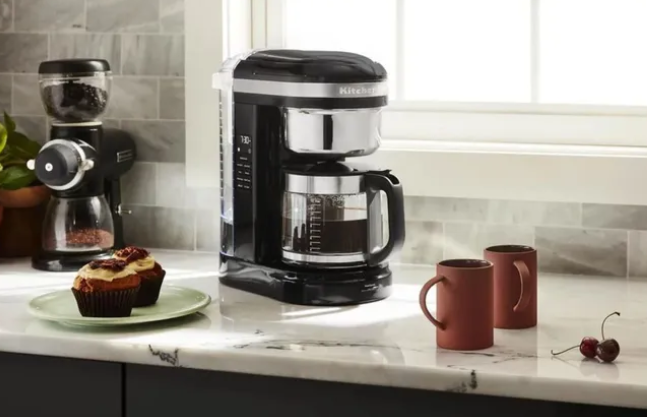Choosing appliances fulfilling coffee-crafting visions begins with honest self-assessment of usage factors from beverage types to volume in order to identify optimal machine alignments. Do current settings demand easy-maintenance durability or more intricate custom brew experimentations? The following insights guide selective processes promising securing equipment with enduring brewing brilliance.
Understanding Your Coffee Needs
Determining whether the ideal coffee equipment matches requires clarifying the context of anticipated usage. Realistically estimate average daily servings across scales – from light household use under four cups to moderate office presence pouring around twenty drinks or full-service café output reaching over fifty coffees hourly during weekend rushes. Budget growth room, too.
Clarify the breadth of drinks for preparation, including just quick drip coffees, mixed specialty milk-infused espresso drinks, or perhaps unique iced options like frothy granitas. The creative coffee spectrum proves vast these days across hospitality sectors.
Weigh counter-to-floor spatial constraints against sink access needs for water line connections and drainage. Audit electrical provisions and outlet positioning also when figuring optimal appliance size and placements. Consider equipment visibility for the atmosphere also.
Carefully evaluating these core criteria grounds pre-purchase processes for identifying ideal coffee machines like premium Franke Coffee Machines aligned to realistic projected usage. This promises reliable returns on investments through enduring equipment performance.
Types of Coffee Machines
Super Automatic – Streamlined for mass efficiency from bean grinding to milk-steaming but with limited strength customization during rapid-fire individual or simultaneous brews.
Espresso – Leverages manual pressure for short, intense, concentrated pours later stretched into diverse café creations through steaming/frothing. Allows extensive fine-tuning.
Drip – The most recognizable household method involves dripping hot water over the grounds to easily channel robust, consistent batch brewing strength.
Niche options like pour-overs, vacuum presses, and mobile carts exist for specialty purposes. Identify core priorities amid the variety first.
Key Features to Consider
Certain functionality factors carry importance matching seasonal surges or sustainability expectations over years of use spanning:
Brewing capacity and speed
Estimate peak hourly output needs and minimum cups per brew batch against real spatial constraints and electrical provisions also factoring water reservoir size.
Customization options for coffee strength and size
Are easy strength adjustments through varied water temperatures or infusion times desired for experimenting across blends or managing caffeine?
Milk frothing capabilities for specialty drinks
If serving cappuccinos or flavored lattes, assess steam wand power, milk carafe size, and refrigeration availability for frothing numerous drinks without waste through the shift.
User interface and ease of operation
Intuitive and accessible controls ranging from push buttons to responsive touchscreen simplify employee onboarding and compliance with operating procedures. Well-designed interfaces also allow tracking of total pour counts and consumable levels like water and cleaning tablets.
Other Essentials
Beyond technical specifications lie other variables influencing appliance options like:
Durability and Build Quality
From housing ruggedness, and allowing mobility between events to waterproofing electrical elements handling sink splash exposure daily, realistic durability considerations matching settings are applied.
Budget Considerations
Weigh sticker prices against total operational costs over the years, accounting for energy drain, waste generation, maintenance demands, and consumables like water filters requiring regular replacement to determine actual long-term expenses by model.
Matching Machine to Business or Home Needs
Look for user-friendly programming, notifications for descaling, and drop tray/tray access that supports swift daily surface wipe-downs to simplify general usage and promote compliance. If overwhelmed, bring in specialists to provide tailored insights.
Customer Support and Service
Evaluate potential servicing turnaround times if needing repairs on complex appliances, accessibility of replacement part inventories, and responsiveness of regional technicians to limit downtime. Extended warranty options also provide peace of mind.
Conclusion
Identifying the “perfect” coffee appliance promises rewards transcending basic beverage convenience through ambiance, creative avenues, and operational stability. Core functionality factors span customized brewing, specialty menus, and practical maintenance elements, building integrity against budget. This grounds selective pre-purchase processes for securing equipment aligned with realistic usage that reliably pours premium drinks daily across years of use ahead by considering total ownership costs. Consult specialists to finalize tailored alignments.

